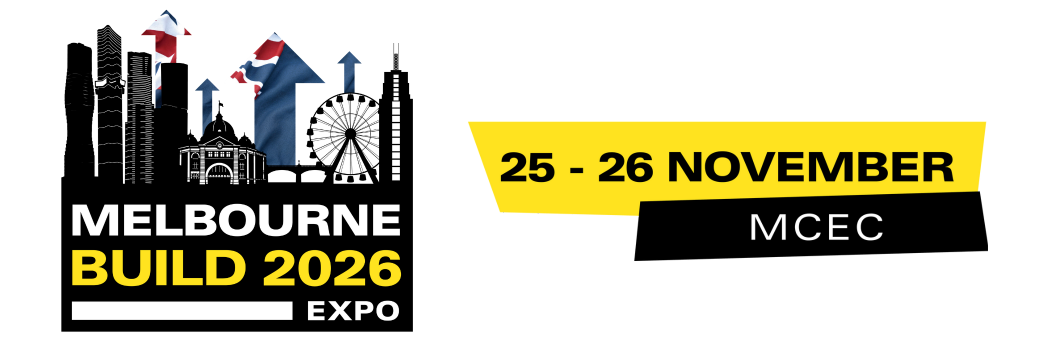Australia's Major Infrastructure Projects to Keep an Eye on in 2025
)
In 2025, Australia is undergoing a significant infrastructure transformation with a series of ambitious projects that are set to reshape the nation's urban, energy, and transportation landscapes.
From major transportation ventures like the Sydney Metro West and Melbourne Metro Tunnel to renewable energy initiatives such as the Clarke Creek Wind and Solar Farm, these projects reflect Australia's commitment to innovation, sustainability, and economic advancement. As the country progresses towards a future powered by renewable energy and enhanced connectivity, these projects are poised to leave a lasting impact on Australia's economic and environmental outlook.
In this blog, we will have a look at these 12 major Australian infrastructure projects of 2025:
- Sydney Metro West
- Melbourne Quarter
- Renewable Energy Zones (REZs)
- Clarke Creek Wind and Solar Farm
- Victoria’s Biggest Solar Farm
- Snowy 2.0 Hydro Project
- AirTrunk SYD3
- Western Sydney International (Nancy-Bird Walton) Airport
- Melbourne Metro Tunnel
- Melbourne Suburban Rail Loop (SRL)
- Melbourne Airport Rail Link
- Inland Rail Project
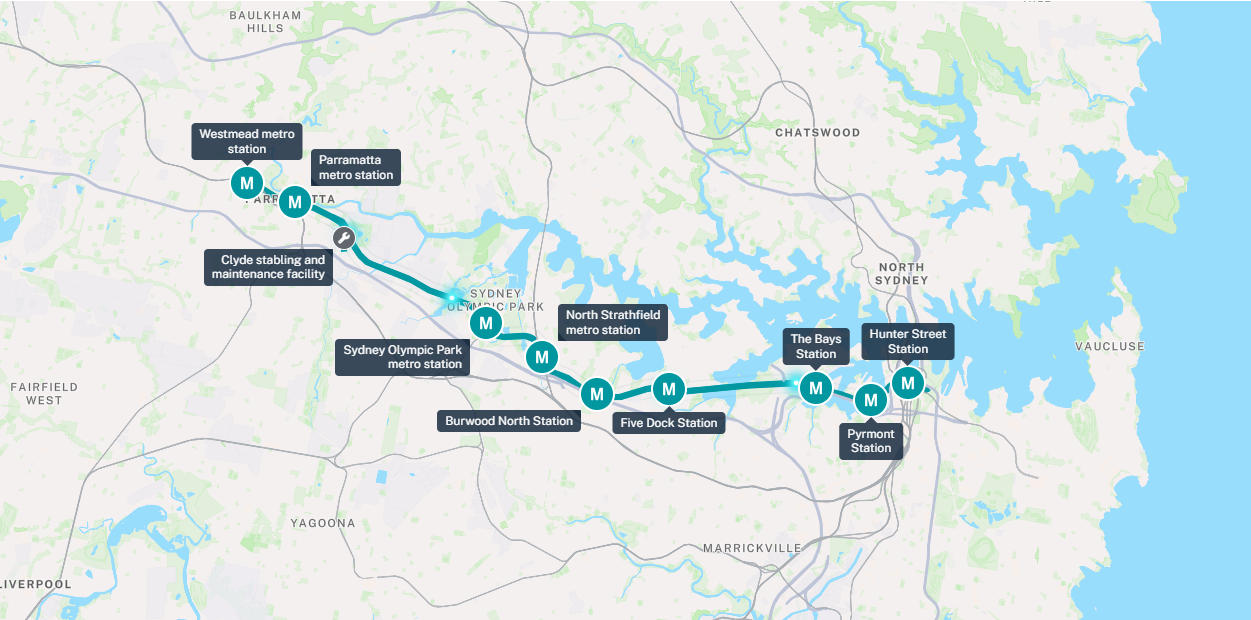
Sydney Metro West
As the first of the 12 major construction projects that will be presented in this blog, we are looking at the Sydney Metro West initiative. It represents a novel 24-kilometre subterranean metro railway system set to amplify rail capacity between Parramatta and the Sydney CBD, reshaping Sydney for the foreseeable future.
This landmark infrastructure venture, regarded as a once-in-a-century investment, aims to deliver swift, dependable metro services with easily accessible stations, connecting emerging communities to rail networks while bolstering job creation and housing provision. Forecasts suggest approximately 10,000 direct and 70,000 indirect employment opportunities will arise during the construction phase.
Confirmed stations along the route include Westmead, Parramatta, Sydney Olympic Park, North Strathfield, Burwood North, Five Dock, The Bays, Pyrmont, and Hunter Street within the Sydney CBD. Further evaluation is underway for potential station sites west of Sydney Olympic Park, with Rosehill Gardens being a prime location under consideration, potentially supporting a substantial rise in residential developments.
With completion targeted for 2032, the Sydney Metro West project signifies a pivotal milestone in Australia's construction landscape, promising enhanced connectivity, urban development, and economic growth for the region.

Melbourne Quarter
Melbourne Quarter represents a vibrant mixed-use development set to enhance Melbourne's central business district by bridging the historic grid with the burgeoning Southern Cross Precinct. Positioned opposite Southern Cross Station, the project features extensive frontages on Collins and Flinders Streets, encompassing three state-of-the-art commercial towers, residential complexes, and a diverse retail offering. Emphasizing open spaces, including the iconic Sky Park and Melbourne Square, along with a new laneway connecting key thoroughfares, Melbourne Quarter is designed to accommodate 14,000 employees and 3,000 residents upon its scheduled unveiling. This development serves as a notable addition to Melbourne's urban fabric. Located at 628 Flinders St, Docklands, Melbourne, Melbourne Quarter involves key organisations such as Lendlease and Development Victoria. The project commenced in 2016 and is expected to reach completion by 2026.
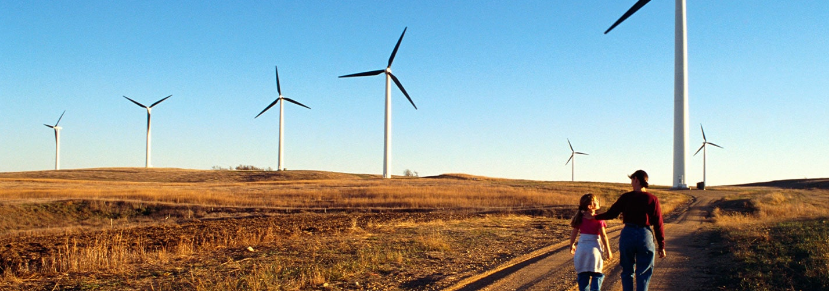
Renewable Energy Zones (REZs)
Aligned with Australia's energy transition objectives, the emergence of Renewable Energy Zones (REZs) in New South Wales, Queensland, and Victoria is gaining momentum as a strategic approach to integrate large-scale solar, wind, and storage solutions for the decarbonization of energy grids.
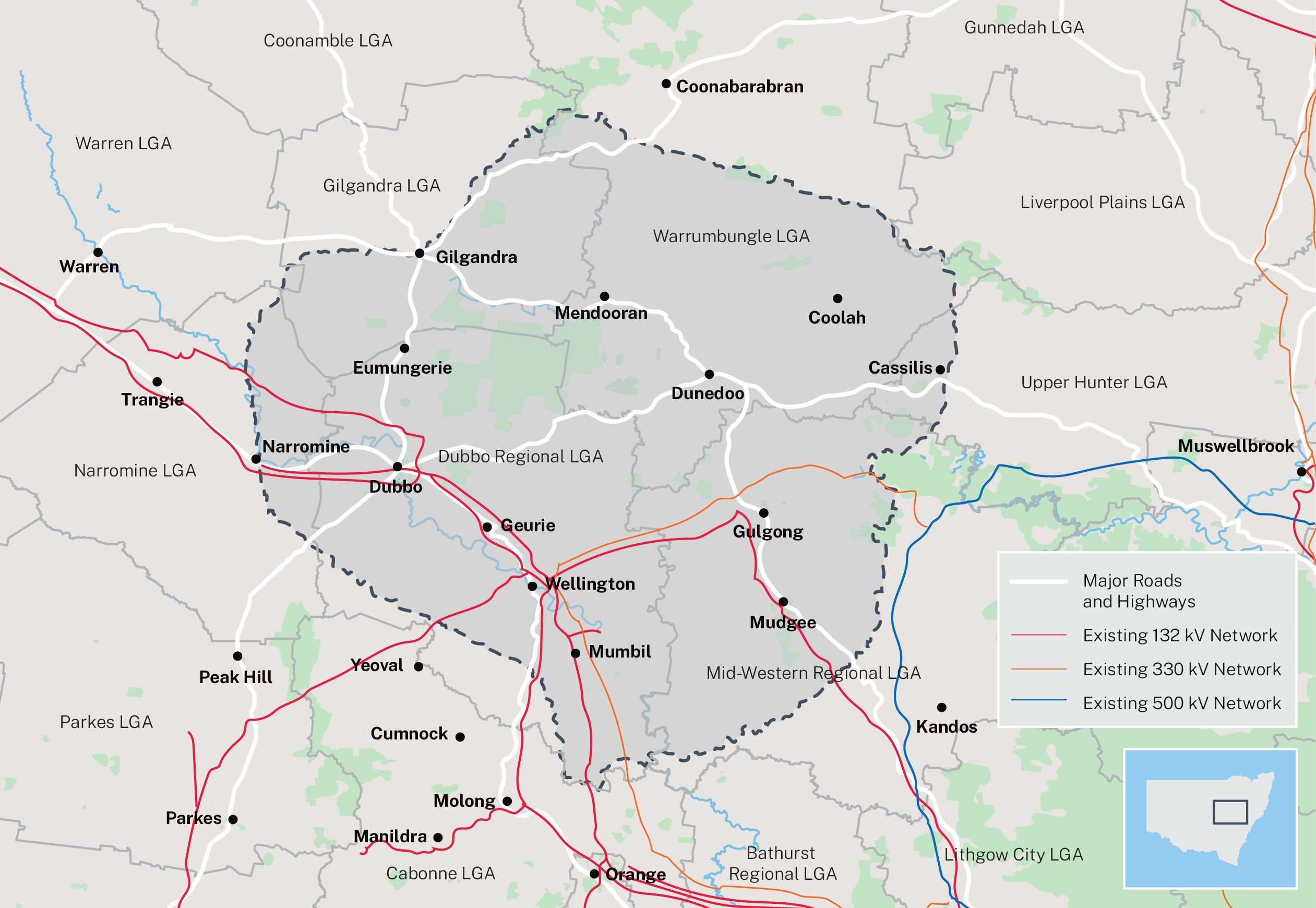 In 2025, notable advancements are expected within the Central-West Orana REZ in NSW (see map), designed to provide a capacity of up to 3,000 megawatts of renewable energy.
In 2025, notable advancements are expected within the Central-West Orana REZ in NSW (see map), designed to provide a capacity of up to 3,000 megawatts of renewable energy.
These designated zones, established by the Australian government, aim to concentrate substantial renewable energy infrastructure and investments within the National Electricity Market (NEM), thereby reducing the overall costs associated with electricity generation and transmission. Presently, there are five announced REZs in New South Wales, six in Victoria, one in Tasmania, and plans for twelve in Queensland, with the Australian Energy Market Operator identifying 43 potential REZs in its 2024 Integrated System Plan. These zones are tailored to accommodate various renewable energy assets like solar farms, wind farms, battery storage, and pumped hydropower, while also streamlining the development of transmission infrastructure to leverage existing networks linked to decommissioned fossil fuel plants. Anticipated to necessitate an additional 10,000km of transmission lines, Australia's transition to renewable energy is poised to benefit substantially from the coordinated efforts within these REZs.
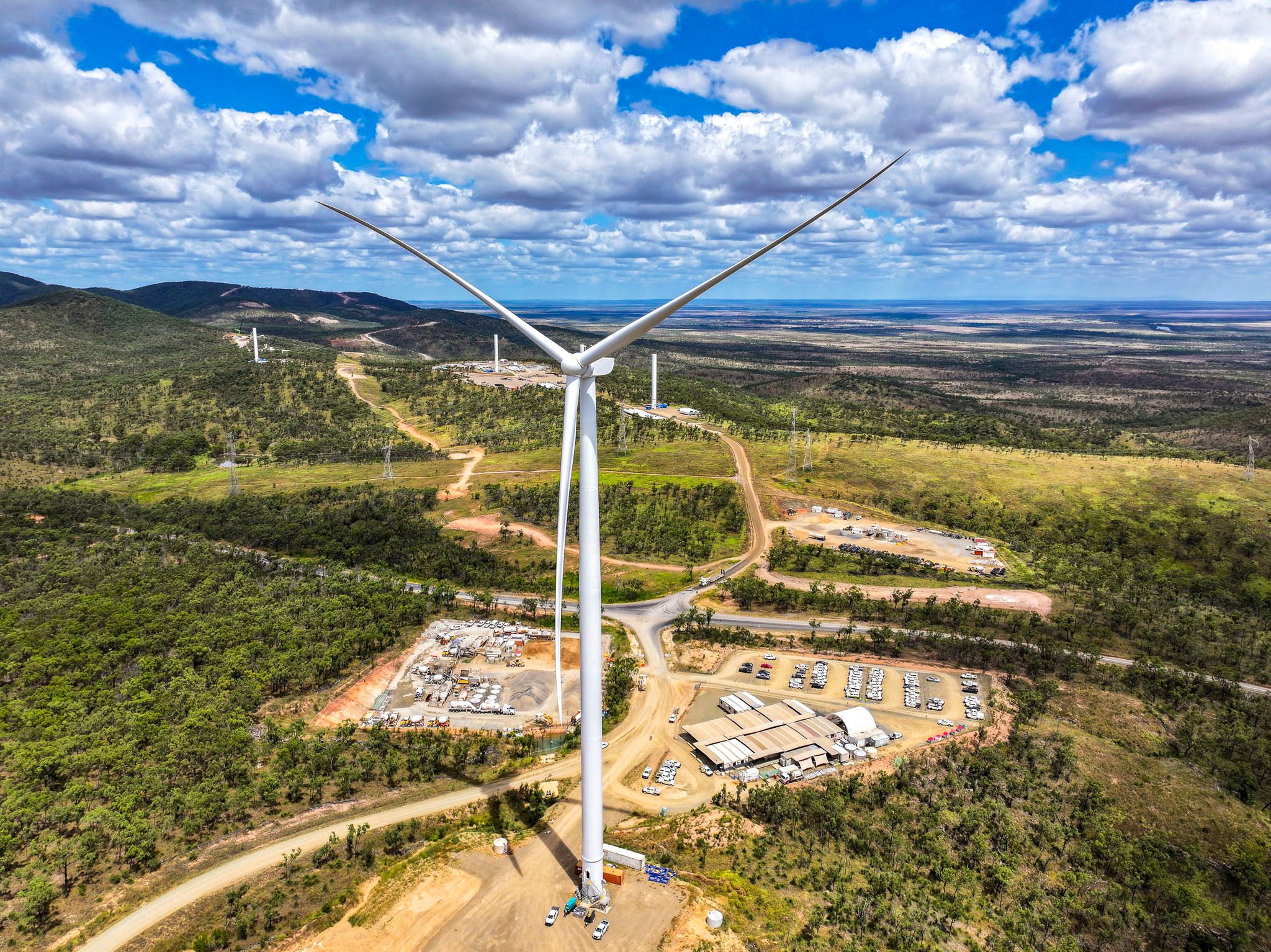
Clarke Creek Wind and Solar Farm
The Clarke Creek Wind and Solar Farm, situated in Queensland's Broadsound Range and supported by Squadron Energy led by Andrew Forrest, is set to finalise its initial phase featuring 100 turbines by mid-2025. Under the management of Stanwell Corporation, the project aims to produce 450 megawatts of power initially, with plans for a second phase that will incorporate 94 additional turbines, boosting capacity to 564 megawatts alongside battery storage capabilities.
The project, situated in Sarian, has a value of $1.56 billion. The construction, led by builders Yurika, CATCON, and Goldwind Australia, commenced in November 2023. The architectural design for the project is overseen by AECOM Australia. While the construction start date is confirmed, the timeline for the completion of this renewable energy endeavour has not yet been specified.
Construction for the second stage is scheduled to commence in the next 12 to 18 months. This development stands out as one of Australia's largest hybrid renewable energy ventures, showcasing a blend of wind and solar energy sources.
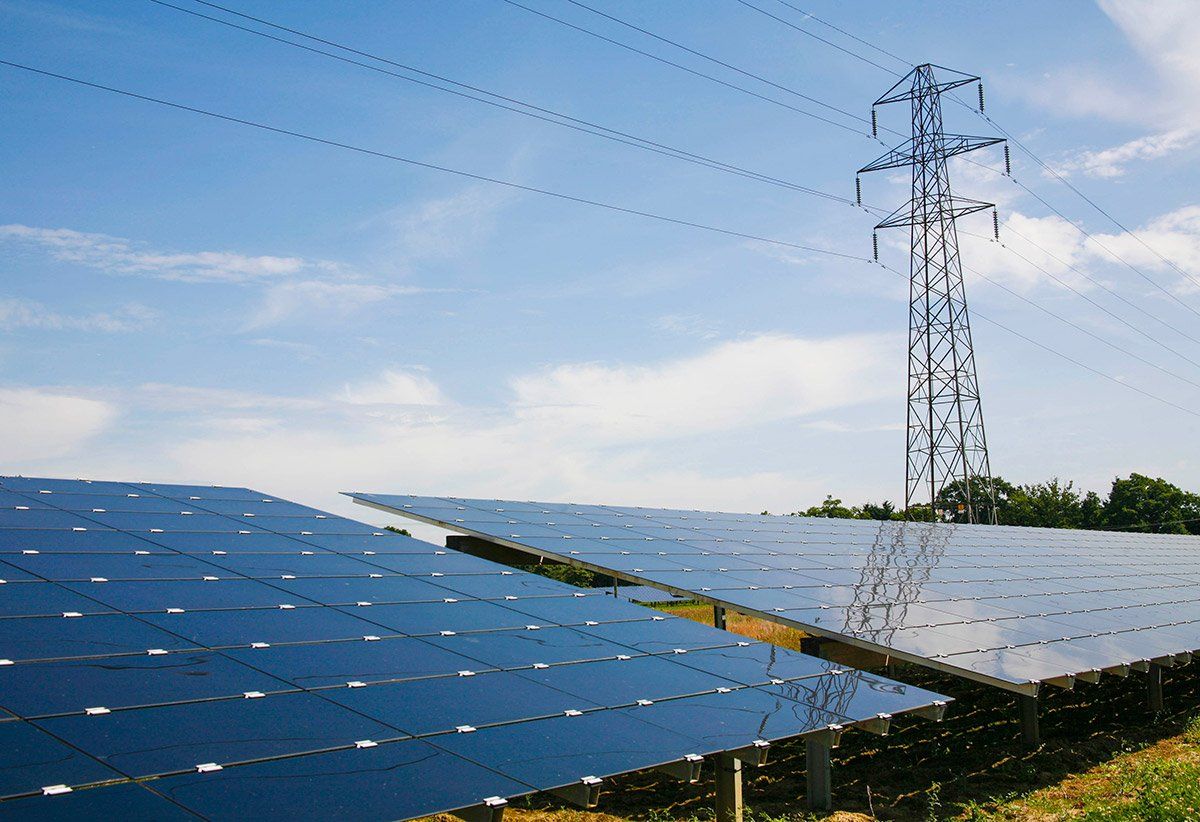
Victoria’s Biggest Solar Farm
Victoria is witnessing the construction of its largest solar farm, positioned near Shepparton, with a commitment to supplying clean energy to numerous households. Spanning an extensive 2,000 hectares, this solar farm is set to harness state-of-the-art photovoltaic technology, offering engineers specialising in renewable energy systems a unique opportunity to engage in the implementation of innovative and sustainable energy solutions for large-scale endeavours.
The project has a budget of $500 million and an anticipated completion by 2025. It represents a pivotal step towards achieving Australia's net-zero emissions objectives. Beyond its financial investment, this renewable energy project promises to enhance energy security for regional communities while catalysing economic growth through the creation of green jobs.
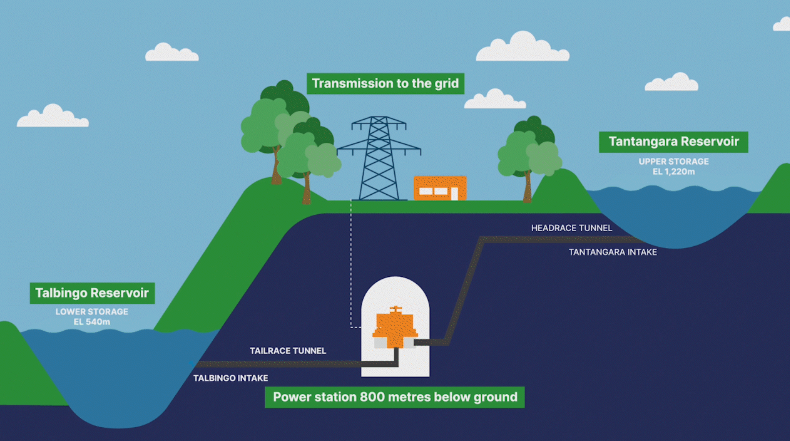
Snowy 2.0 Hydro Project
The Snowy 2.0 Hydropower Project exemplifies Australia's commitment to renewable energy, showcasing an ambitious $5.9 billion expansion in hydropower infrastructure. Geared towards ensuring a sustainable and dependable energy supply for future generations, this initiative entails the construction of a 27-kilometer underground power station and network of tunnels. Despite encountering setbacks, advancements in tunnelling and the installation of essential power-generating equipment are anticipated in 2025. Positioned as a cornerstone in Australia's renewable energy landscape, Snowy 2.0 plays a crucial role in shaping the nation's energy trajectory towards a greener and more sustainable future.
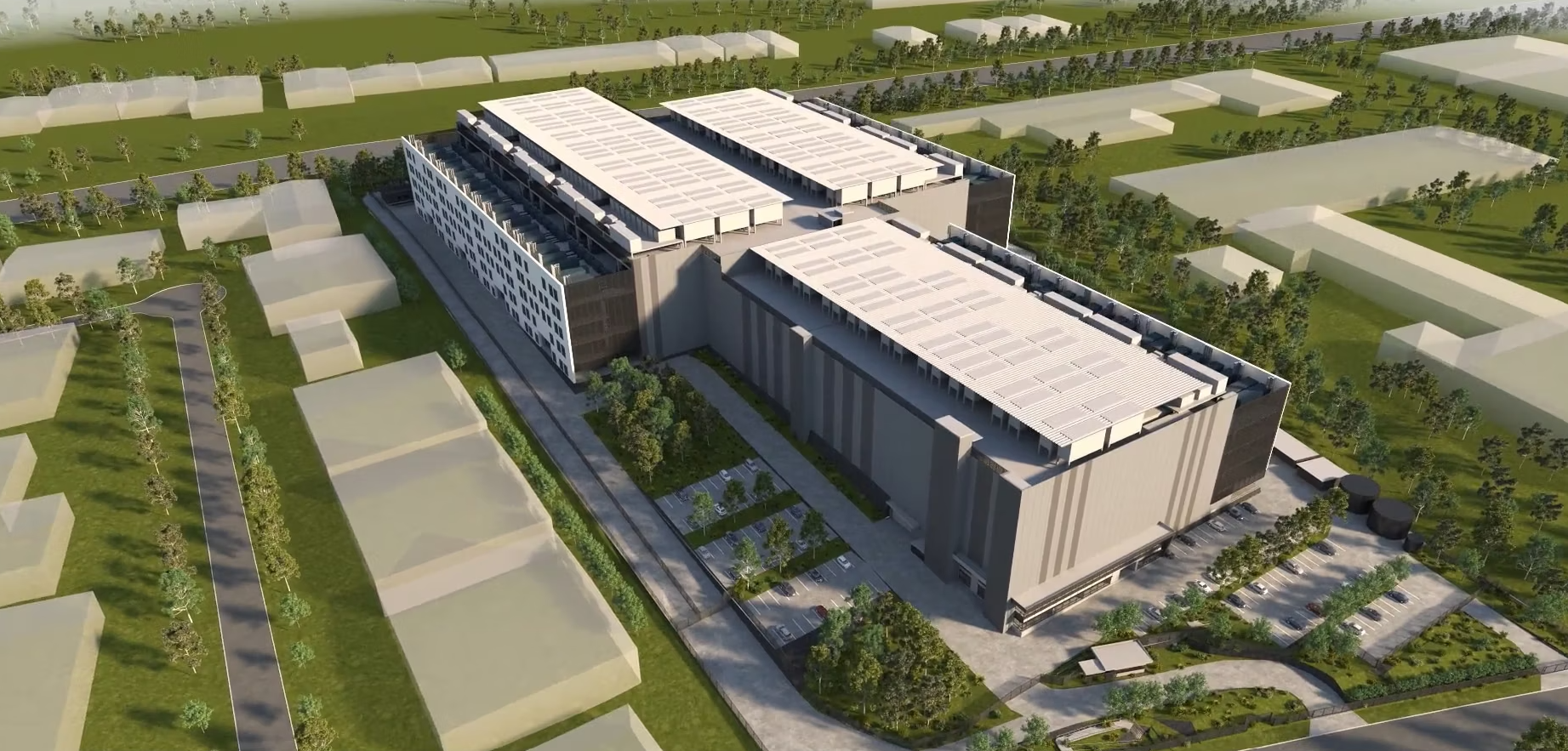
AirTrunk SYD3
Representing a substantial investment in Australia's digital infrastructure capacity, the expansive 122,546 square meter development in Huntingwood, NSW, encompasses a seven-storey data centre facility featuring 48 data halls.
This cutting-edge infrastructure is underpinned by dual electrical substations and robust backup systems, all situated on a sprawling 9.17-hectare site. As per application documents, “The facility will incorporate extensive resilience measures including 30 diesel fuel tanks for backup power generation”. Notably, the ambitious construction timeline of around 12 months underscores the pressing need for enhanced data centre capacity within the Australian market.
Spearheaded by AirTrunk Operating Pty Ltd, with A W Edwards Pty Ltd as the builder and Greenbox as the architect, this project, valued at $974 million, commenced construction in May 2024 and is slated for completion in the second quarter of 2025.
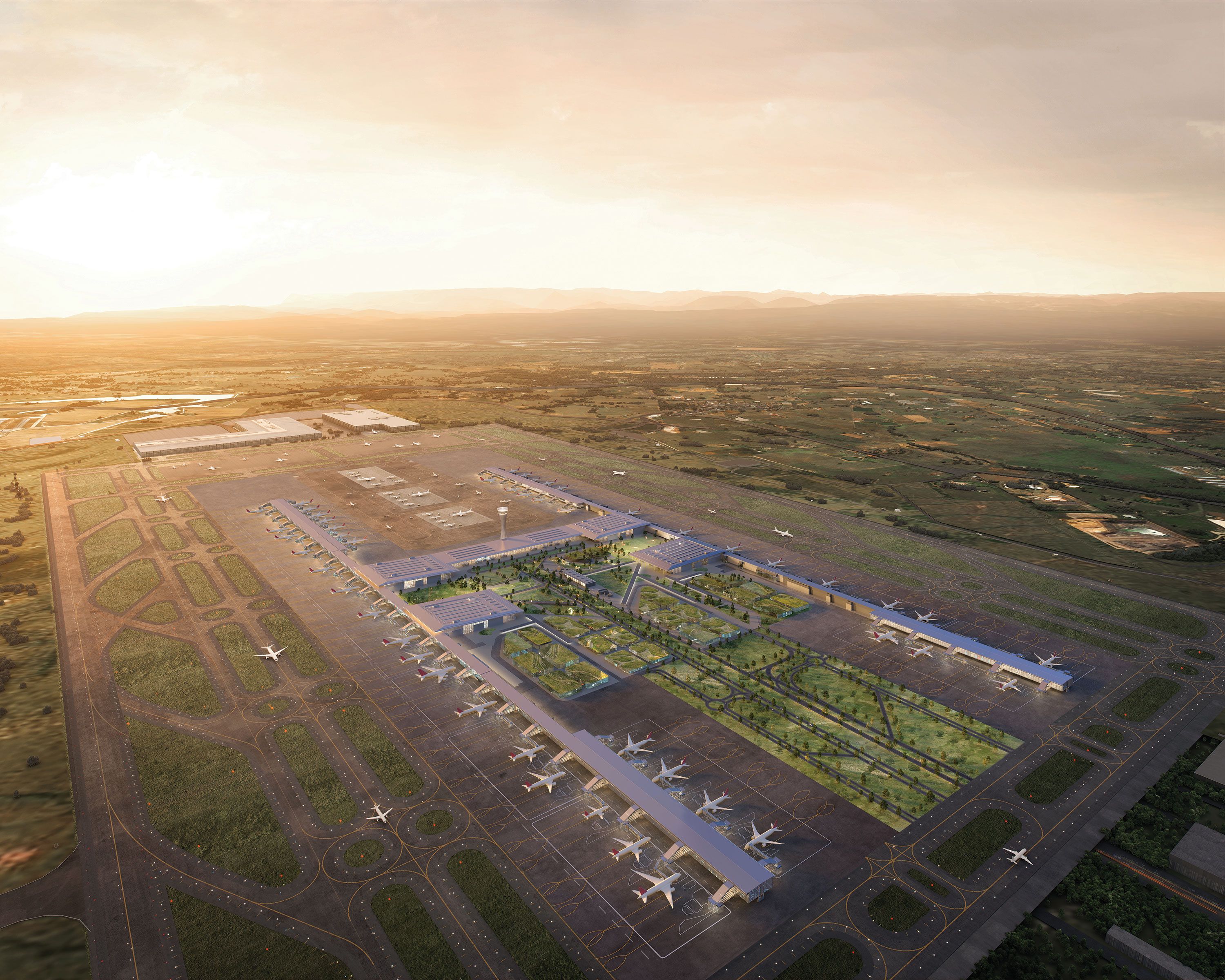
Western Sydney International (Nancy-Bird Walton) Airport
Western Sydney International Airport, also known as Nancy-Bird Walton Airport, stands as one of Australia's most expansive ongoing infrastructure endeavours. With an expected opening in late 2026, pivotal construction achievements are projected for the upcoming year. Valued at $5.3 billion, this initiative seeks to bolster Sydney's aviation capabilities, acting as a driver for economic expansion within the area. Of particular interest are significant milestones like finalising terminal structures and transportation connections, notably the Sydney Metro Western Sydney Airport line.
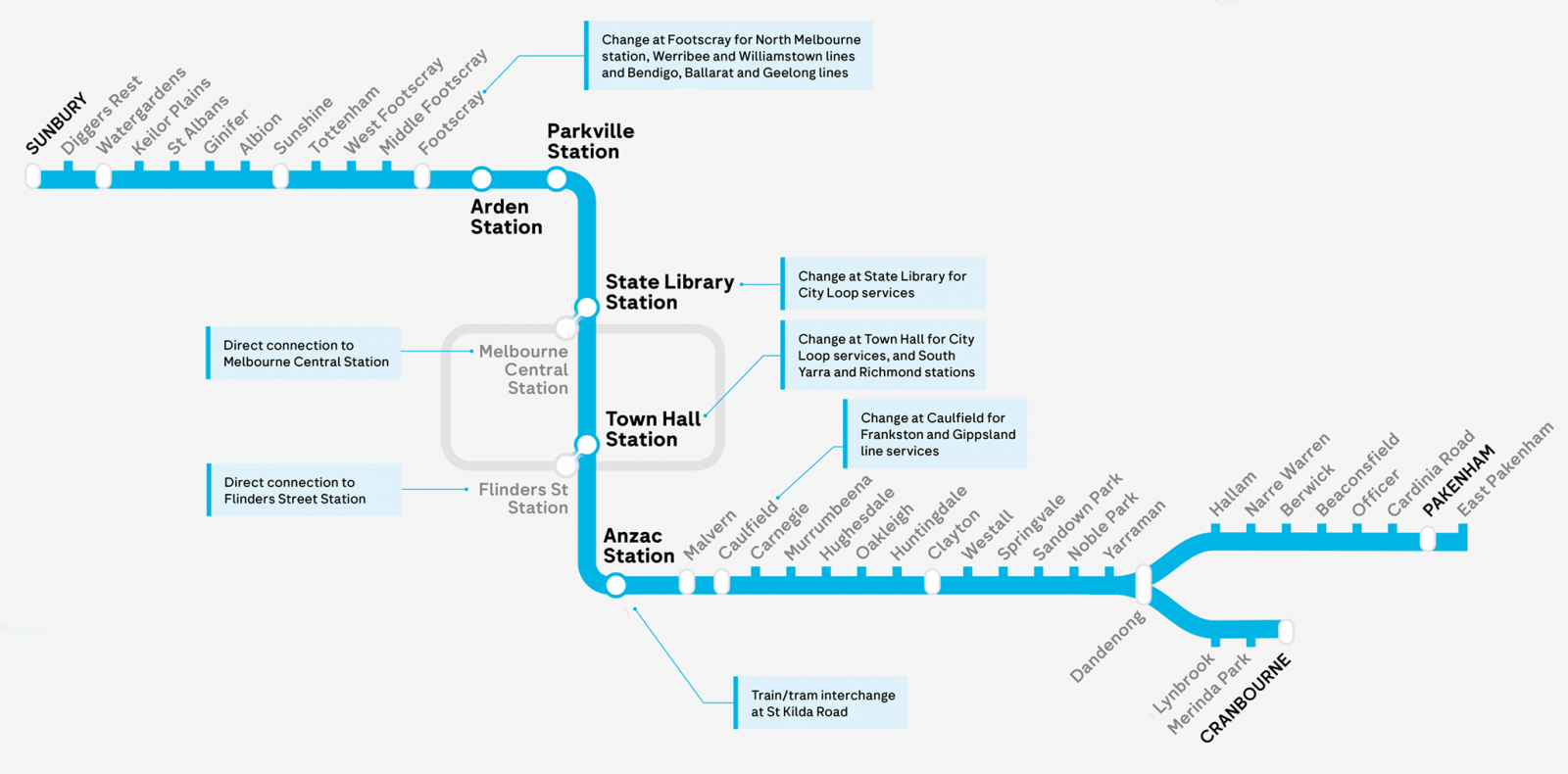
Melbourne Metro Tunnel
Sydney is getting new metro system, and this year, it’s also Melbourne’s turn. The Melbourne Metro Tunnel Project is primed to revolutionise Melbourne's transport infrastructure through the establishment of a new train line spanning from Sunbury to Pakenham. With an anticipated opening in 2025, this ground-breaking venture will seamlessly integrate the Sunbury, Cranbourne, and Pakenham lines by traversing new tunnels beneath Melbourne’s CBD, serving commuters through 5 innovative stations. Offering direct access to pivotal destinations such as St Kilda Road (Anzac Station), Parkville, and North Melbourne (Arden Station), passengers will experience heightened connectivity and convenience, enabling uninterrupted journeys from Sunbury to Cranbourne or Pakenham. The project's comprehensive scope encompasses twin 9km rail tunnels, 5 state-of-the-art underground stations, and advanced safety features like platform screen doors, facilitating a more efficient, interconnected, and user-friendly rail network across Melbourne.
Situated from Sunbury, through Melbourne’s CBD, to Cranbourne or Pakenham, the Melbourne Metro Tunnel Project involves key entities such as the Victorian Government, the Metro Tunnel Project Office, Cross Yarra Partnership (CYP), and Rail Network Alliance (RNA). Construction commenced in late 2024, with an expected completion date of late 2025, a year ahead of the initially projected timeline.
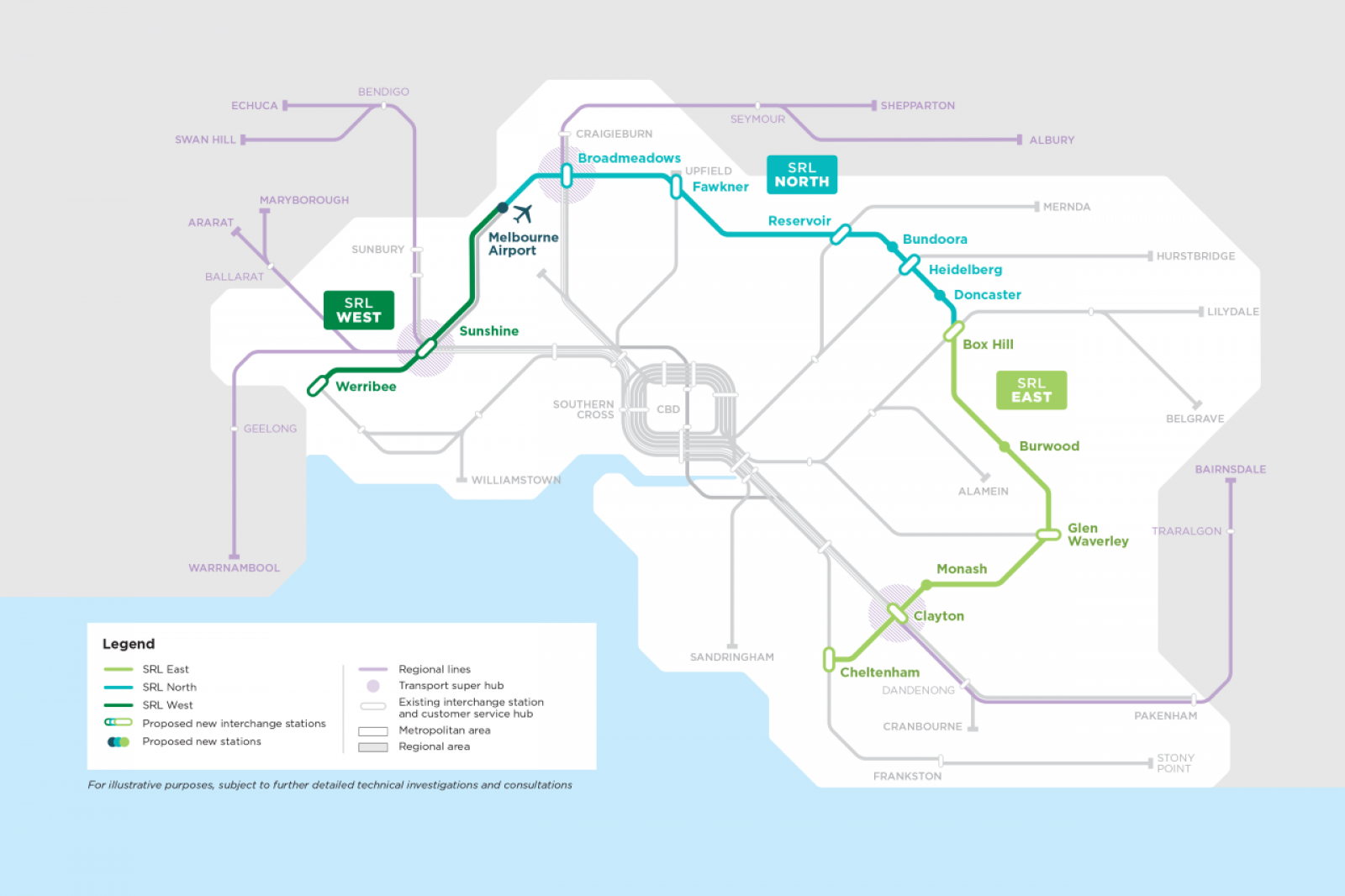
Melbourne Suburban Rail Loop (SRL)
The Suburban Rail Loop (SRL) in Melbourne stands as an innovative transportation and urban development initiative crafted to meet the demands for improved transport infrastructure and strategically located housing. By interconnecting suburbs and reducing commute durations, the SRL aims to foster sustainable urban expansion, granting residents convenient access to crucial amenities such as public transit, services, employment opportunities, educational institutions, and recreational spaces.
Spanning the Melbourne Metropolitan Area, the SRL project is a collaborative effort involving a funding partnership between the Victorian and Australian governments. While construction on the SRL East section from Cheltenham to Box Hill commenced in 2022, early planning stages are underway for the SRL North and West segments.
The anticipated timelines for completion are as follows: SRL East by 2035, SRL North by 2053, and details for SRL West are yet to be announced.
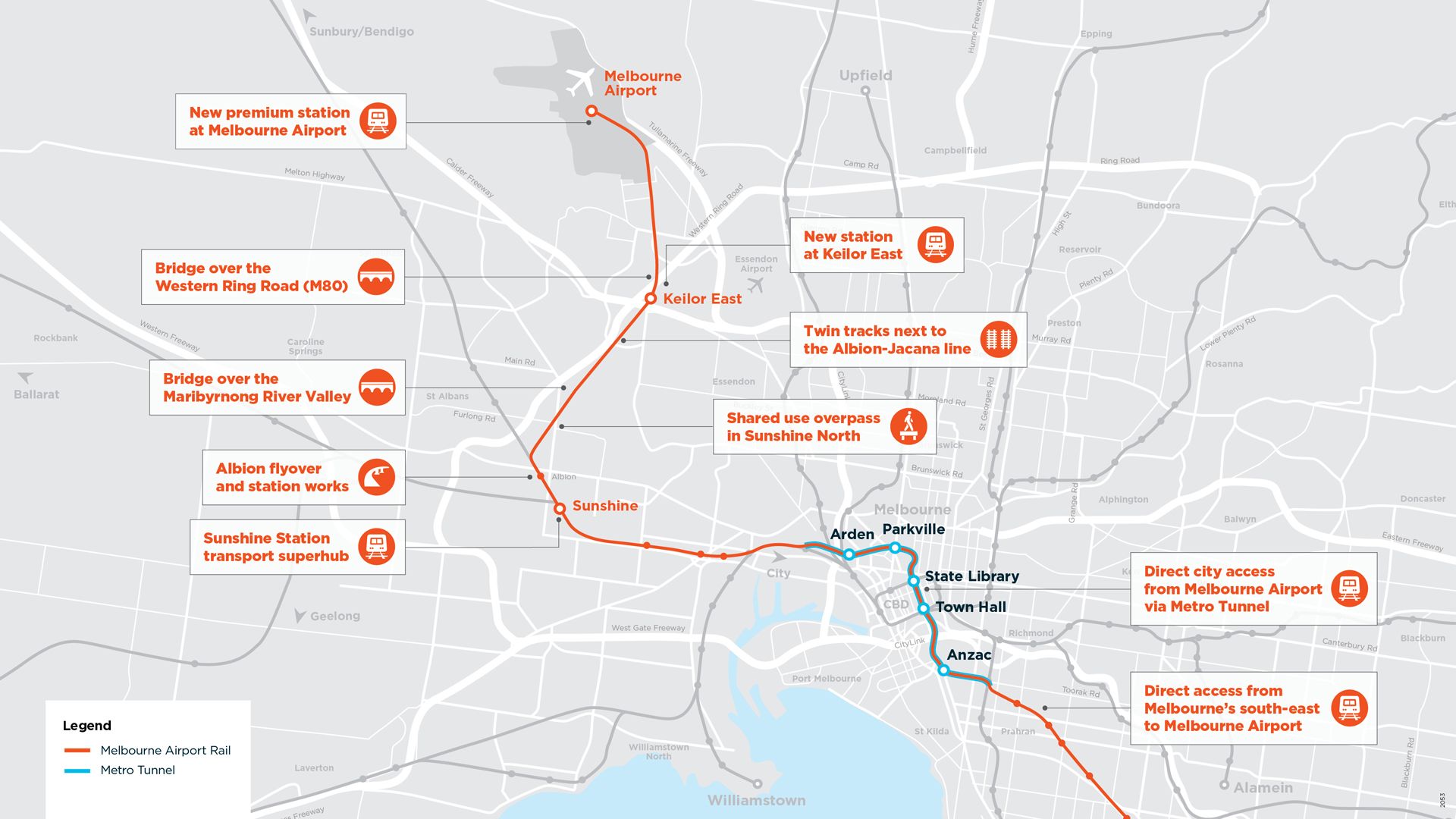
Melbourne Airport Rail Link
The Melbourne Airport Rail project, known as SRL Airport, is poised to revolutionise transportation in Victoria by establishing a direct link between Melbourne Airport and the regional and metropolitan train network. Integral to the Suburban Rail Loop initiative, this undertaking offers substantial advantages, enhancing connectivity for residents of Melbourne and regional Victorians alike. With preliminary works already finished and the initial phase scheduled to kick off in Sunshine, the project will witness the construction of dedicated tracks along the Albion-Jacana corridor, facilitating seamless travel from the airport through the CBD to the Cranbourne and Pakenham lines.
This transformative project spans from Melbourne Airport, through the CBD, to the Cranbourne and Pakenham lines, with various stakeholders including the Victorian Government actively engaged in its realisation. The anticipated commencement date is early 2026, with an expected completion timeframe by 2030.
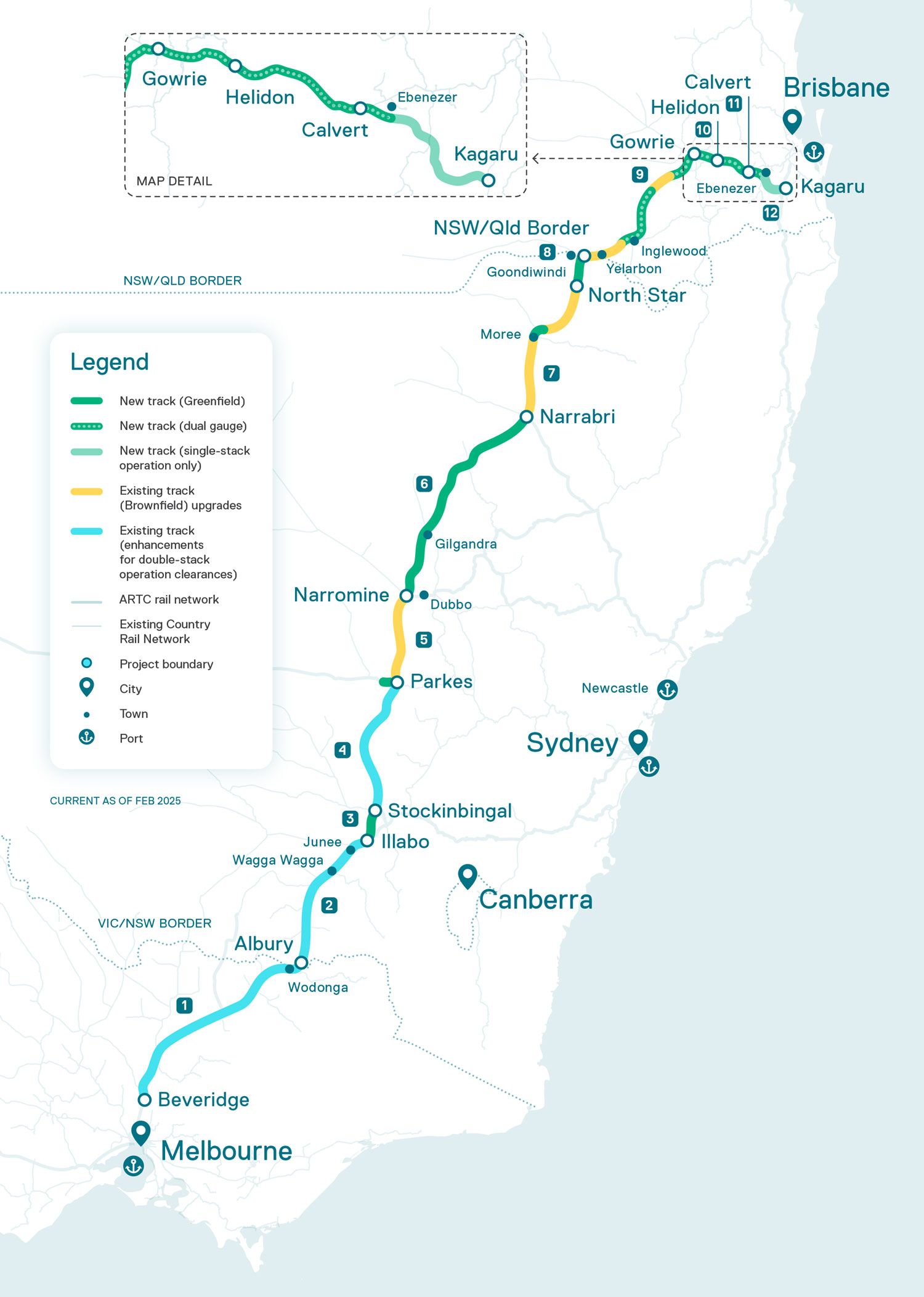 Inland Rail Project
Inland Rail Project
The Inland Rail Project, a ground-breaking freight rail network stretching more than 1,700 kilometres, links Melbourne to Brisbane. This transformative $14.5 billion initiative is poised to revolutionise freight logistics, with swift progress evident. Throughout 2025, focus will centre on finalising significant segments such as the Narrabri to North Star phase and gearing up for operational trials. Recognised as a pivotal component of Australia's infrastructure blueprint, the project's influence on regional connectivity and economic vitality is profound.
As Australia embarks on a transformative journey in 2025 with its major infrastructure projects, the nation is clearly sowing the seeds for a promising future. These initiatives symbolise a dedication to progress, embodying innovation, sustainability, and forward-looking economic strategies. From revolutionising transportation systems to embracing renewable energy solutions and reshaping cities, these endeavours are not just about construction but about setting new standards and leaving lasting legacies. As we witness the evolution of these projects throughout the year, it is evident that they hold the power to redefine Australia's economic landscape, environmental footprint, and societal dynamics, shaping the country's trajectory for the years ahead.
Melbourne Build is the leading and largest construction trade show for Melbourne and Victoria, taking place October 22nd & 23rd 2025 at MCEC. Featuring two jam-packed days of knowledge-sharing, 450+ expert speakers across 7 conference stages, a 300+ booth exhibition, Meet the Buyers, business networking, live music, entertainment and so much more! Don’t miss out on free tickets.
